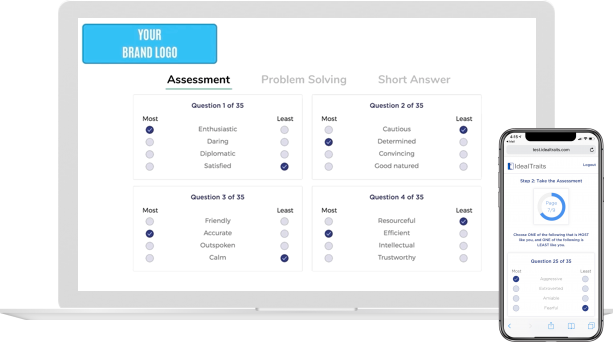Tested to the Limit: How to Choose Your Agency’s Errors & Omissions Limit
Three days. That’s how long the driver had been working for his new employer, a trucking company. His truck was solid—no mechanical issues at all.
By: Matthew Davis
At some point in your insurance career, you may have to decide is it time to sell my agency? Or, if you’re making a transition in your insurance career, the opportunity arises to consider whether you should purchase an agency. In both situations, one of the most overlooked and under-considered aspects is what to do about the E&O policy.
Unfortunately, you could not say the same for the trucker. He had been on the road since 5 a.m., so when he came to a highway slowdown at 7 p.m. due to construction and a work lane closure, the driver was slow to react.
He struck the rear of a Toyota Prius at an estimated 78-82 m.p.h., which set off a chain reaction that included seven other vehicles holding a total of 18 occupants. One of the vehicles caught fire, killing its driver and three passengers. Two more people were killed and four were injured. The accident happened due to driver fatigue and methamphetamine use, according to the National Transportation Safety Board, which included the failure of the reemployment screening process—the driver had four wrecks in the preceding three years—as a contributing factor.
The trucking company had just $1-million limits to address this claim, while the insurance agency, which allegedly had assumed responsibility for screening drivers, had $5 million in coverage—both per claim and in the aggregate—to defend the resulting errors & omissions claim.
The initial demand from all parties totaled more than $150 million. That begs the question: Was $1 million enough coverage for the trucking company? As $5 million enough for the insurance agency that placed that policy?
The answer to the latter depends on the nature of the customer. The more valuable the property where coverage is placed and the higher the potential liabilities faced by an auto or commercial general liability customer, the larger the potential for an excess-of-limits E&O loss. Large claims happen more than you might realize, and yet, they are only part of the story. With a $5-million aggregate limit in place, most insureds believe they are unlikely to be overcome by a series of small, unrelated claims in a single policy period. There is some truth to that, but some peril, as well. A significant scenario leading to an uncovered excess exposure is a series of claims stemming from a single catastrophic event. When Hurricane Harvey struck the Houston area, an estimated 1 million cars and trucks were destroyed. When an agency places a significant quantity of homeowners, auto, or trucking coverage in the path of a storm, they could see a lot of claims for missing or inadequate coverage and failure to recommend adequate flood and wind coverage.
With these considerations in mind, a thorough analysis of your E&O limits should
consider:
- The policy limits in place for your largest customers because, if missing, those limits may define the damage model in your E&O claim.
- The nature of the customer’s business, such as industrial, trucking, and manufacturing, as well as larger companies that incorporate your customer’s products and services into their larger exposure.
- The number of insureds located in close proximity to each other which can set up the potential for multiple catastrophe-related losses, creating a serious aggregate loss exposure.
- And, most importantly, the agency’s risk appetite in the face of these perils.
You may have been lucky this year. The big claims and big storms may have passed you by, so your current limits may have been adequate. Then again, is “may be” good enough for you, or is it time for a second look?
Matthew Davis is a vice president and claims manager at Swiss Re Corporate Solutions, working out of the office in Kansas City, Missouri. Insurance products underwritten by Westport Insurance Corporation, Kansas City, Missouri, a member of Swiss Re Corporate Solutions.
Copyright © 2025, Big “I” Virtual University. All rights reserved. No part of this material may be used or reproduced in any manner without the prior written permission from Big “I” Virtual University. For further information, contact [email protected].









